Heraclitus
Heraclitus said that “everything is in a state of flux.” It can be said that he grasped only the developmental aspect of the created world, neglecting the identity-maintaining aspect. He also said, “War is the father of all,” ascribing the cause of the development of things to the struggle of oppo-sites. Yet, in the Unification Thought view, things develop only through a harmonious give and receive action between correlative elements.
Zeno
First, let us consider his theory that a flying arrow is at rest. When Zeno says that an arrow is at rest at a certain point, he is referring to a mathematical point which has no space. The actual movement of an arrow occurs within time and space. The velocity of a body in motion (v) is the distance traveled (s) divided by the time elapsed (t), and is expressed with the equation v = s / t. Therefore, the movement of an object must be considered within a definite distance (space) and within a definite period of time. The movement of an object can not be discussed in relation to a point that has only position but no space (a mathematical point). Therefore, when we speak of the movement of an object at a certain point in space, no matter how small that point may be, we must consider it within a definite space, and when we speak of movement at a certain moment, no matter how short that moment may be, we must consider it within a definite period of time. If we do so, we can say, definitely, that a moving object is not at rest, but rather moving through a certain point of time and space.
Concerning this issue, the materialist dialectic asserts that an object is, and at the same time is not, at a certain place at a certain moment, claiming that it has resolved Zeno’s paradox and has explained motion. This, however, is the same kind of sophistry as is found in Zeno’s claim. The position of an object in motion is expressed as a function of time; therefore, a certain moment corresponds to a certain position on a one-to-one basis. It can not happen that something is, and at the same time is not, at a certain place at a certain moment. In conclusion, (1) an object in motion passes through a certain space without resting in it; and (2) an object in motion is at a certain place at a certain moment of time.
The next issue is “Achilles and the tortoise.” Zeno argued only in terms of space, disregarding time; therefore, he drew the wrong conclusion in saying that Achilles is unable to pass the tortoise. If it is seen in terms of the passage of a certain time, Achilles can definitely go ahead of the tortoise.
Zeno tried to prove that there is no motion or change, that there is no generation or destruction. To that end, he resorted to sophistry. It can be said that, contrary to Heraclitus, Zeno grasped only the identity-maintaining aspect of things, disregarding the developmental aspect.
Socrates
Socrates thought that people could reach the truth by means of dialogue, with a humble heart. This is the multiplication of truth through outer give and receive action between person and person. It can be said that Socrates advocated the proper way of give and receive action between person and person (see fig. 11.4).
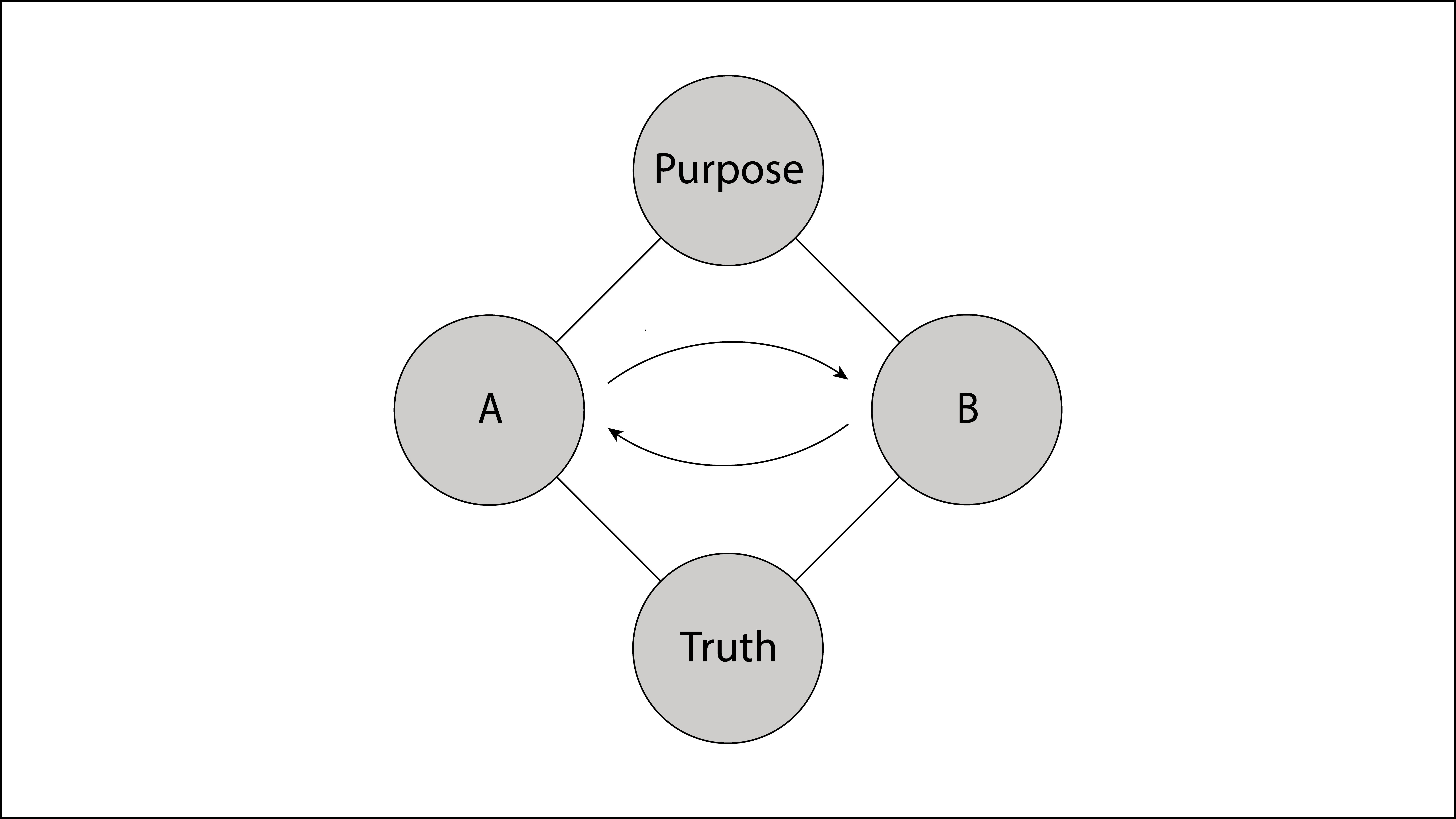
Fig. 11.4. The Socratic Method of Dialogue
Plato
Plato studied the world of Ideas. As is explained in the Theory of the Original Image, there are various ideas and concepts in God’s Inner Hyungsang. Plato considered them as belonging to the world of Ideas, and by analyzing and synthesizing them, he tried to clarify a hierarchy of Ideas. Analysis and synthesis of concepts are carried out through a comparison of concepts. This is a contrast-type of give and receive action. Since this is carried out within the mind, it is inner give and receive action. Accordingly, it can be said that Plato’s method of searching for truth corresponds to the contrast-type of inner give and receive action (see fig. 11.5).
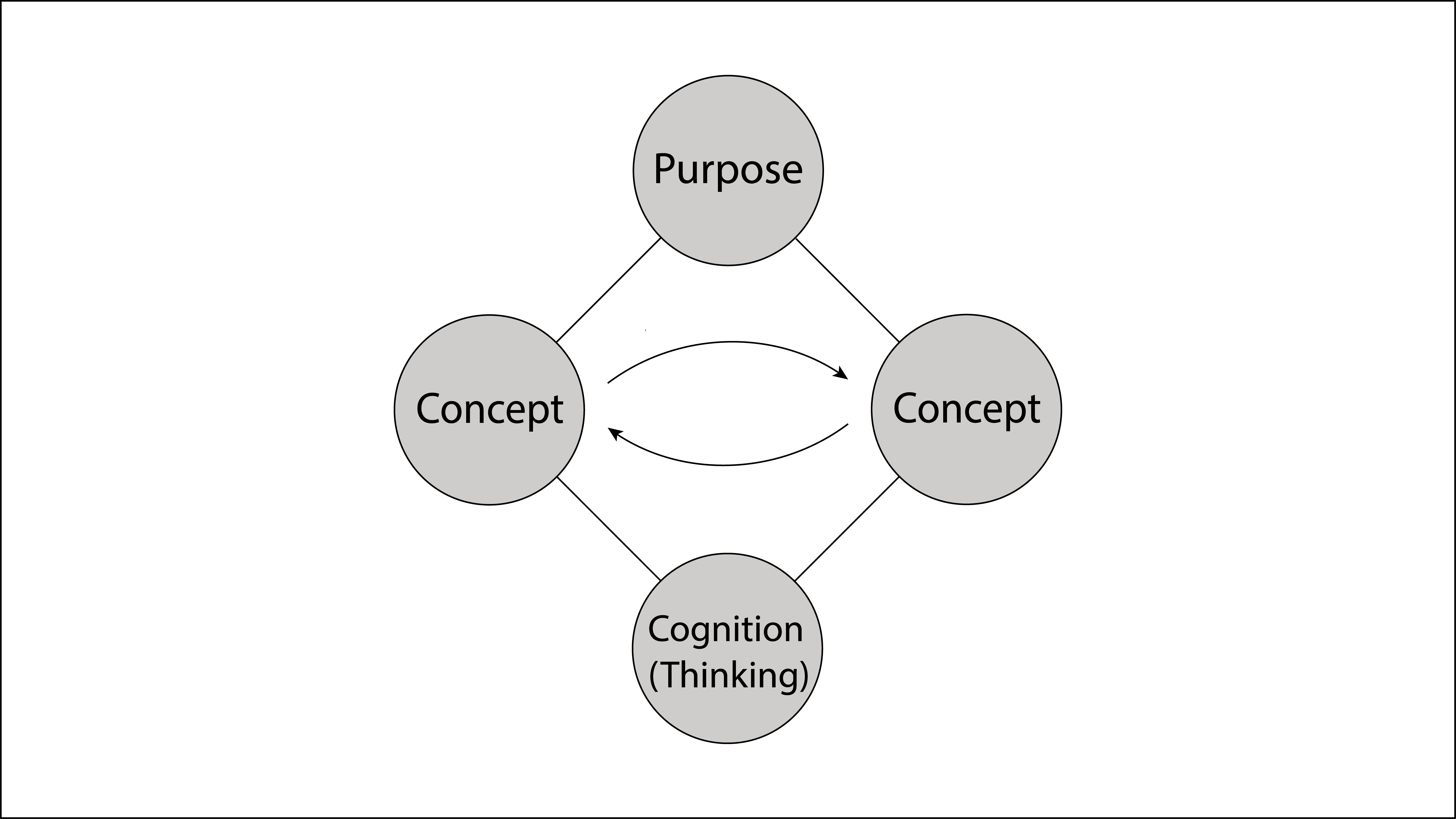
Fig. 11.5. Plato’s Dialectic
Aristotle
Aristotle’s deductive method is based on the syllogism. First, a universal truth is proposed; then, a more limited truth is proposed; from these two, a specific conclusion is derived. In terms of one well-known syllogism, one contrasts the major premise, “all men are mortal” with the minor premise, “Socrates is a man,” and thus derives the conclusion, “Socrates is mortal.” This is a contrast-type give and receive action between propositions. Furthermore, since the proposition, “Socrates is a man” is obtained by contrasting “Socrates” and “man,” this, also, is a contrast-type give and receive action. Accordingly, Aristotle’s deductive method, as in the case of Plato, can be called the method of searching for truth through the contrast-type of inner give and receive action.
Bacon
Bacon claimed that in order to obtain truth, one must cast away prejudices (Idols) and rely on experiment and observation. If the results of experiments A, B, C, … N are all P, then conclusion P is established as a general law; this is the inductive method. The inductive method seeks to obtain truth on the basis of outer give and receive action between human beings and things (nature). Also, since this method yields a conclusion by contrasting various facts obtained through experiment and observation, it is also give and receive action of the contrast-type. Therefore, Bacon’s inductive method is the method of pursuing truth through the contrast-type of outer give and receive action (see fig. 11.6).
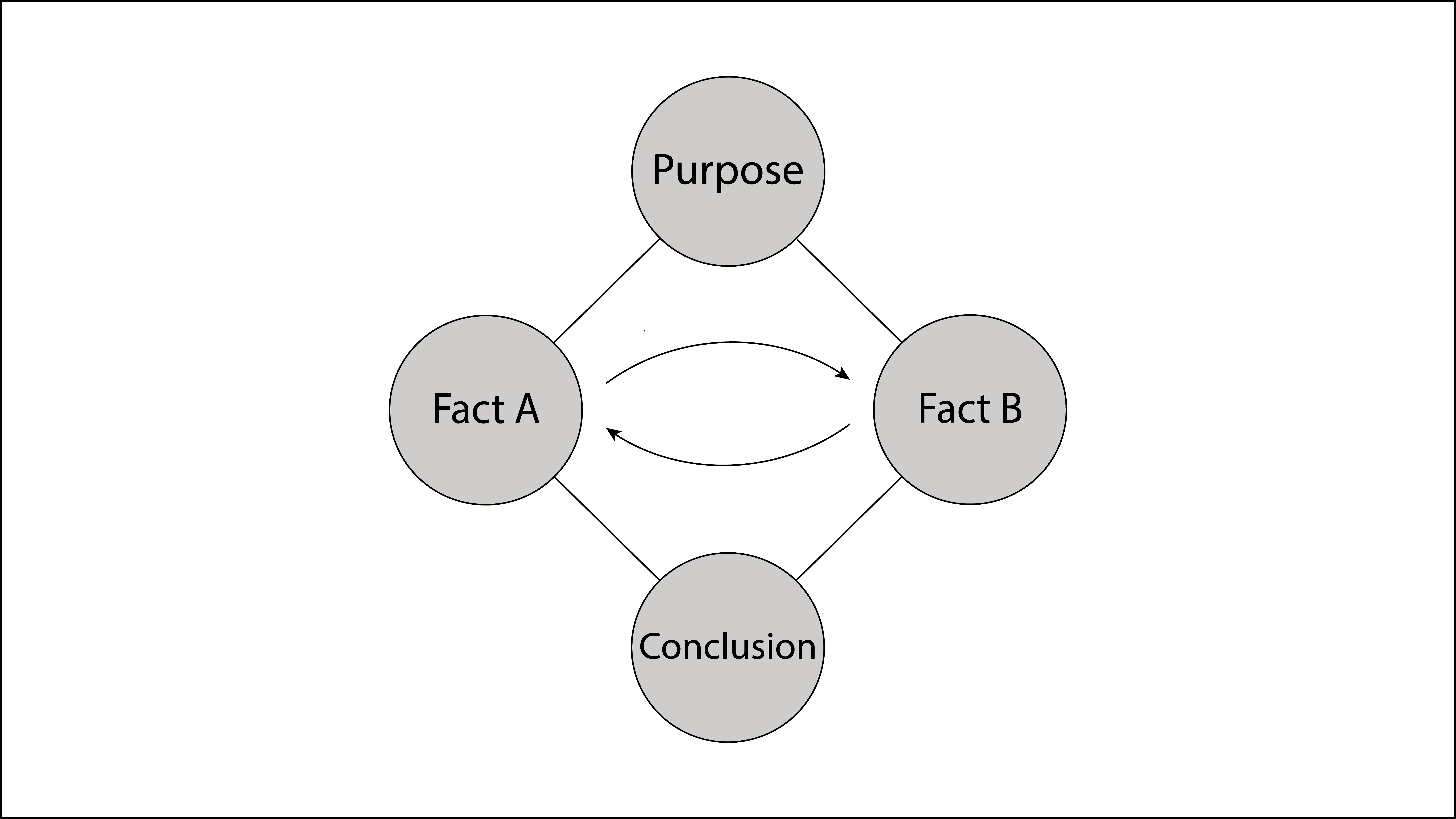
Fig. 11.6. Bacon’s Inductive Method
Descartes
Descartes attempted to doubt everything and, as a result, he claimed to have reached a certain first principle: “I think, therefore I am.” Here, the fact that Descartes doubted everything means that he denied everything and every phenomenon, and therefore, seen from the viewpoint of Unification Thought, it is the same as his tracing back to the stage prior to God’s creation of the universe. The observation, “I think” corresponds to God’s “plan,” or “thought,” before His creation of the universe. At this point, Descartes asserted, “I think; therefore I am.” If he had instead asked “Why do I think?”, his rationalism would not have led to dogmatism in his successors. In any case, his awareness of the truth of “I think; therefore, I am” means, from the viewpoint of Unification Thought, that he acknowledged the certainty of the inner give and receive action within the human mind. After that, he established the general rule that “things we conceive very clearly and very distinctly are true,” which guarantees the multiplication of truth through the formation of the inner four position foundation (see fig. 11.7).
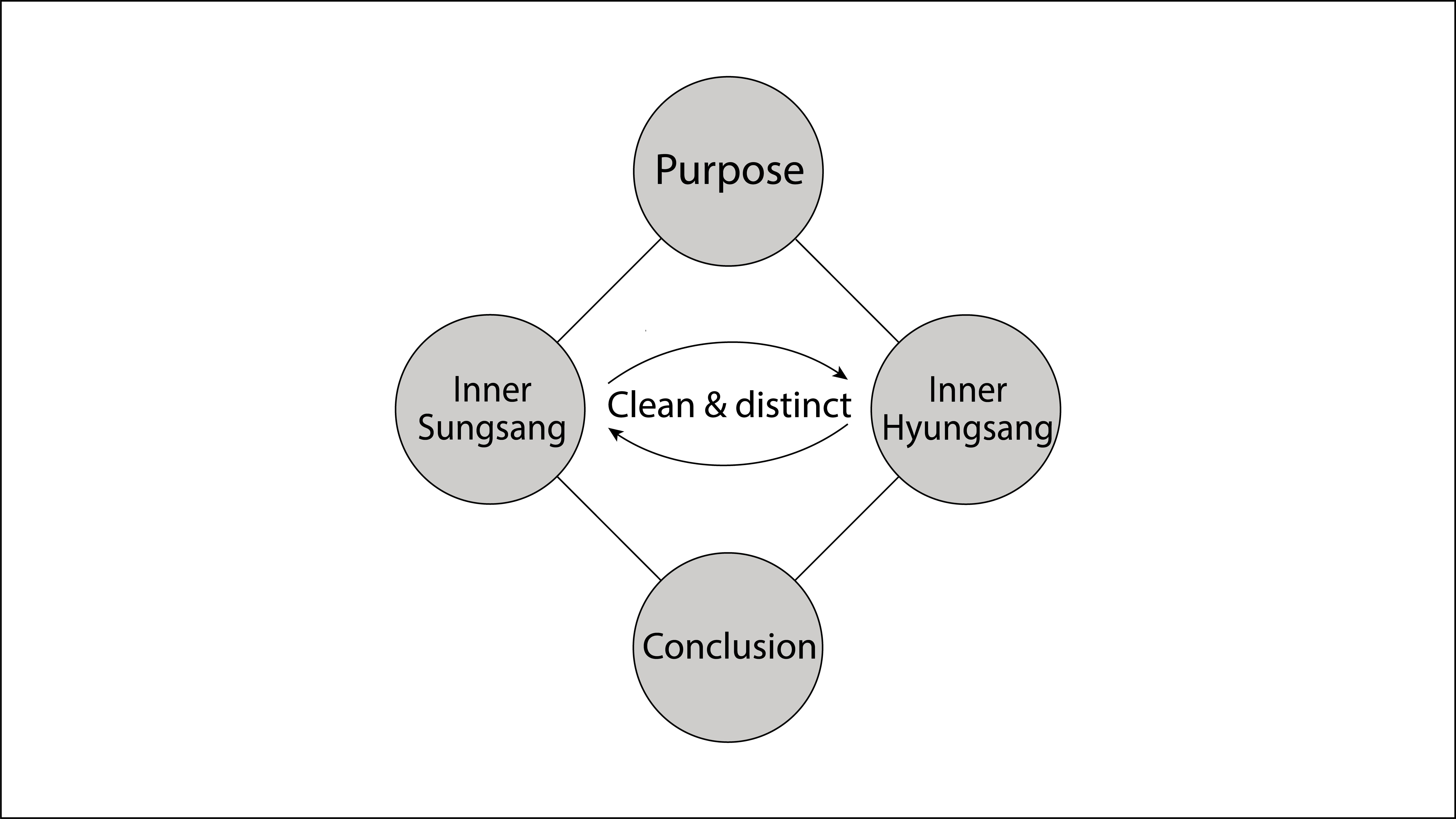
Fig. 11.7. Descartes’ Methodic Doubt
Hume
Hume considered causality merely a subjective belief. However, causality is not merely subjective, but is both subjective and objective, as already explained in the chapter on epistemology. Moreover, Hume denied both material substance and spiritual substance (self), holding that there exist merely bundles of impressions and ideas. From the perspective of Unification Thought, it can be said that he saw only the inner Hyungsang (ideas) as sure things. Hume tried to establish a complete system of philosophy by analyzing mental phenomena, but the problem was that he tried to do it on the basis of separate impressions and ideas.
Kant
Kant claimed that cognition takes place when the chaotic sense content coming from the object is synthesized with the a priori forms of the subject. Unification Thought agrees with the view that cognition occurs through the interaction between the human subject and the object. However, from the perspective of Unification Thought, the subject possesses not only forms (forms of thought), but also content (images). The combination of form and content is called a prototype. Also, what comes from the object is not chaotic sense content, but content organized by forms of existence in the objective world. Contrary to Kant’s theory of synthesis, Unification Thought asserts the theory of collation. The Kantian theory of synthesis, which is based on the transcendental method can be regarded as one expression of the Unification Thought theory of collation, which is based on the give and receive method.
Hegel
Hegel grasped the development of Idea and the world as a process of transcendence and the unity of contradiction―or the process of thesis, antithesis, and synthesis. From the perspective of Unification Thought, however, development does not occur through contradiction.
Development occurs when correlatives, in the relationship of subject and object, enter into give and receive action centering on purpose. This process is called Origin, Division, and Union Action. Origin here means purpose, Division means correlatives, and Union means multiplied being. Idea does not develop by itself through an inner contradiction, as Hegel claimed. Thinking is carried out as the inner Sungsang―namely, the functions of intellect, emotion, and will―acts upon the inner Hyung-sang (including ideas), forming new ideas. This is called the development of thinking in a spiral form, as was explained in the chapter on logic. It can be seen that Hegel grasped development―which, according to Unification Thought, is give and receive action between correlatives―as an interaction between opposing elements.
Marx
Marx held that spiritual processes are merely the reflection of material processes. From the perspective of Unification Thought, however, Sung-sang (spirit) and Hyungsang (matter) are in the relationship of subject and object; therefore, there is a relationship of correspondence between spiritual laws (laws of value) and material laws.
As a counterproposal to the “law of the transformation of quantity into quality,” Unification Thought offers the “law of the balanced development of quality and quantity.” It is not correct to say that quantity is transformed into quality. Also, a sudden qualitative change does not occur when the quantitative change reaches a certain point. Quality and quantity are in the relationship of Sungsang and Hyungsang, and they change simultaneously, gradually, and stage by stage.
As a counterproposal to the “law of the unity and struggle of opposites,” Unification Thought proposes the “law of the give and receive action between correlatives.” A struggle of opposites gives rise only to destruction and ruin, and never brings about development. All things develop through the harmonious give and receive action between correlatives centered on a common purpose.
To the “law of negation of the negation,” Unification Thought proposes, as a counterproposal, the “law of affirmative development.” In nature, as well as in society, development takes place as the correlative elements of subject and object within nature and society perform harmonious give and receive action. In nature, inorganic beings perform circular motion in space and living beings perform circular motion in space and in time (spiral motion).
Among the methodologies in the past, none was more influential than the Marxist materialistic dialectic. Trying to prove that Marx’s dialectic was valid in nature as well, Engels studied natural sciences for eight years. As a result, he concluded that “nature is the proof of dialectics.” 7 The errors of the materialist dialectic are now evident, however. Natural phenomena are, if examined carefully, not the “proof of dialectics,” but instead they are the “proof of the law of give and receive action” (see fig. 11.8).
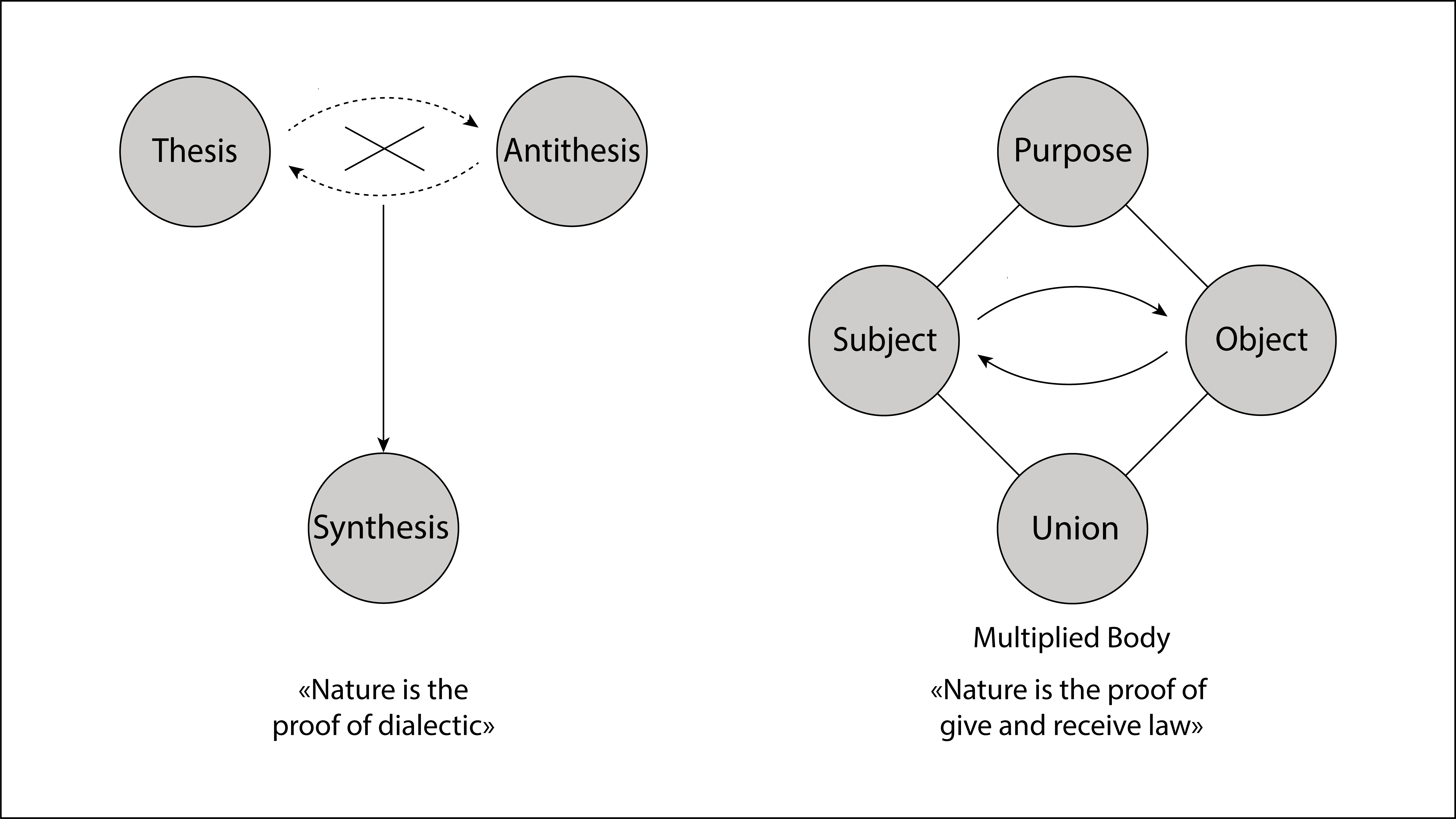
Fig. 11.8. The Way of Dialectic vs the Way of Give and Receive Action
Husserl
Husserl first started with things of the natural world. Things are, when seen from the perspective of Unification Thought, unified beings of Sung-sang and Hyungsang. Next, he advocated the intuition of essences through eidetic reduction. Essence here corresponds to the Sungsang of existing beings. In addition, Husserl claimed that when judgment is suspended and consciousness (pure consciousness) is analyzed, there is a structure of noesis and noema. This, when seen from the perspective of Unification Thought, corresponds to the internal structure of Sungsang (mind), which consists of inner Sungsang and inner Hyungsang. A comparison between Husserl’s phenomenological method and the viewpoint of Unification Thought would be as in figure 11.9. Husserl, like Descartes, unconsciously considered as important that which actually corresponds to the Unification Thought concept of the inner four position foundation. In other words, he tried to unify all sciences through an analysis of the inner four position foundation.
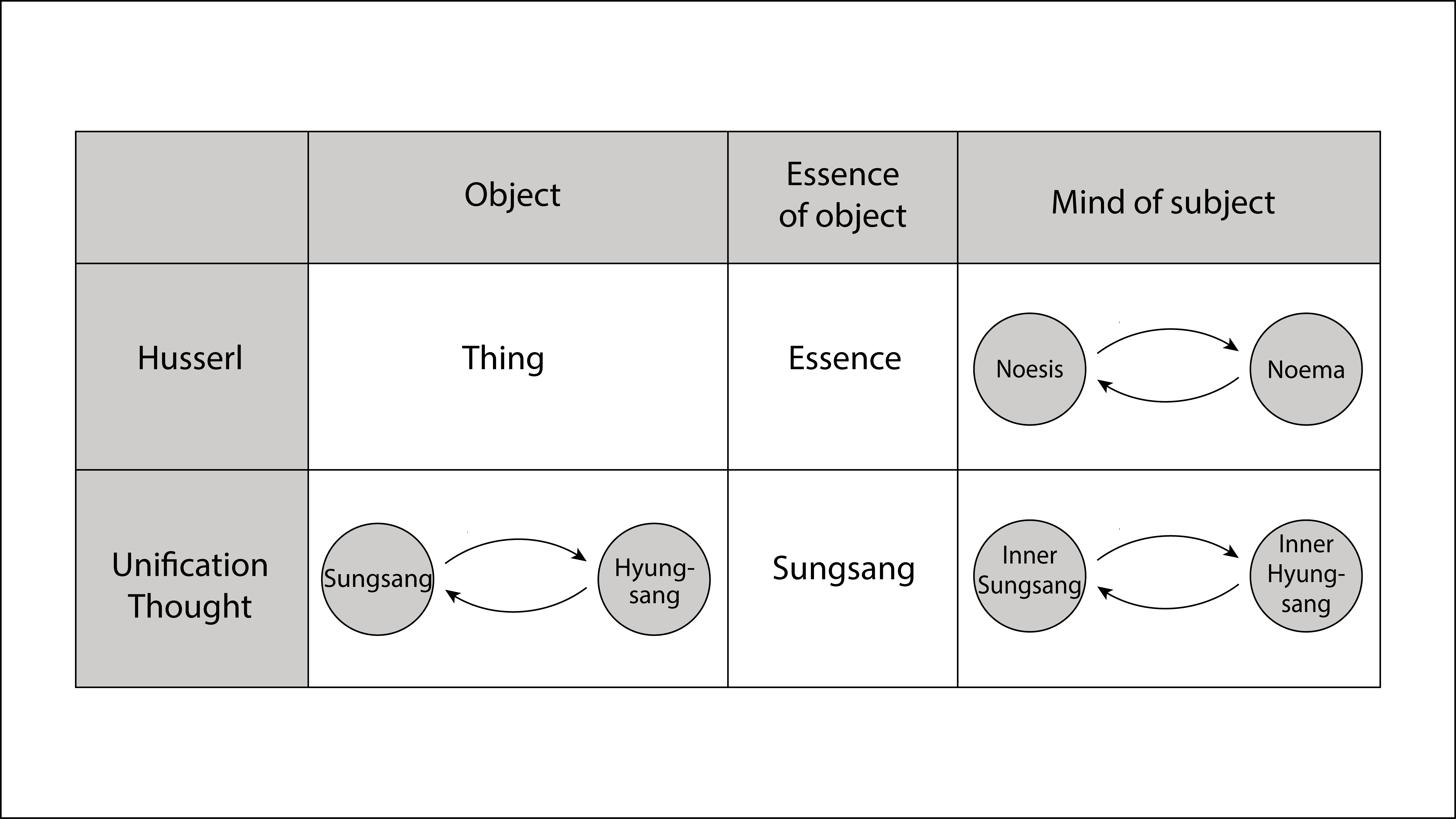
Fig. 11.9. Comparison between Husserl’s Phenomenological Method and Unification Thought
Analytical Philosophy
Language is formed through inner developmental give and receive action, which has an intellectual aspect (logos) centered on reason, and an emotional aspect (pathos) centered on emotional feeling. Analytical philosophy grasped only the aspect of logos, and pursued only logicalness.
From the perspective of Unification Thought, language originally exists in order to actualize love, and the logical structure of language is merely a necessary condition for that purpose. The use of language is the expression of thought, and is a kind of creative activity. The center of creative activity is heart. Therefore, an emotional element centered on love plays the subjective role in the formation of thought. Analytical philosophy engaged so much in the logical analysis of language from beginning to end, however, that it came to disregard the creative aspect and the value-created aspect of thought formed through language.